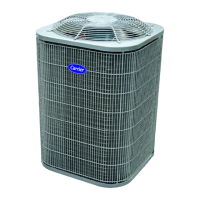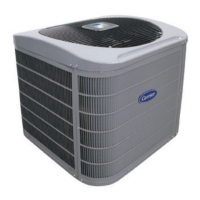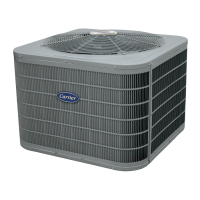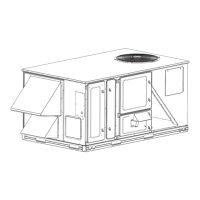(1) Duct design dimensions to be connected with indoor unit is determined based on the required
air flow and static pressure.
(2) Whatever type of duct is used, it should not be made of materials which are flammable, or
which give off toxic gases in the event of a fire. The internal surfaces should be smooth, and
not contaminate the air, which passes through.
(3) Air inlet and air outlet duct should be apart far enough to prevent air outlet entering Air Inlet.
(4) When connecting duct, use inflammable canvas tie-in to prevent vibrations.
(5) At the points where the duct joins with the unit, it is advisable to use a flexible connection,
which absorbs vibration and prevents the transmission of noise inside the ductwork.
(6) Bends in duct design should be avoidable, they should be as slight as possible, and internal
deflectors should be used when the duct is of large dimensions.
(7) Do not put the connecting duct weight on the indoor unit.
(8) When connecting duct, install in place prone to take down for maintenance.
(9) If installed in place like meeting room where noise is easy to be perceived, design isolation
booth and internal duct under layer to muffle the duct system and weaken the air encounter
noise in the duct.

